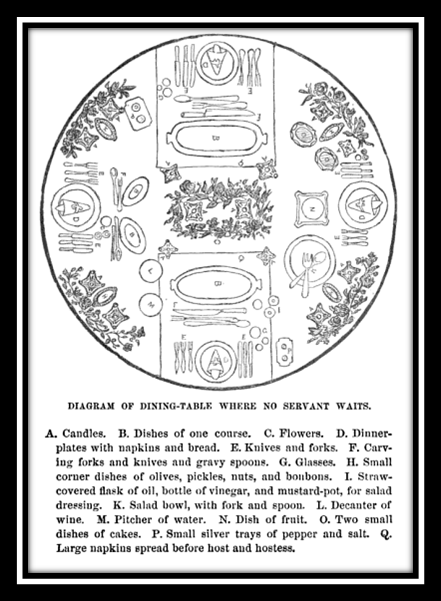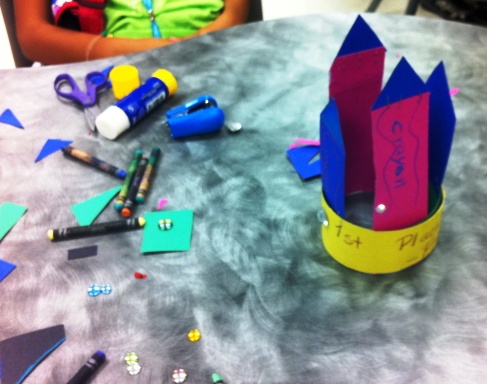Jean Paul Gaultier is famous for his use of nautical-esque stripes in his designs. For this installment of Haute Couture at the DMA (inspired by the exhibition opening this Sunday) let’s focus our fashion-seeking eyes on the use of patterns within works of art. I love that the idea of a pattern (a repetitive form, order, or arrangement) is so universal that cultures from around the world have been using it for centuries!
Here are just a few of the many examples that you can find in our galleries:
[slideshow]
These are just a few works of art that incorporate patterns. What are some of your favorites that weren’t included?
McDermott Intern for Gallery Teaching
Images Used:
Tunic with profile heads and stepped frets, Huari culture, Middle Horizon, c. 650-800, Cotton and camelid fiber, probably south coast, Peru, Dallas Museum of Art, The Eugene and Margaret McDermott Art Fund, Inc., in honor of Carol Robbins’ 40th anniversary with the Dallas Museum of Art
Tunic with checkerboard pattern and stepped yoke, Inca culture, Late Horizon, A.D. 1476-1534, Camelid fiber, Peru, South America, Dallas Museum of Art, The Eugene and Margaret McDermott Art Fund, Inc. in honor of Carol Robbins
Single-spout strap-handle vessel depicting a wounded warrior, Nasca culture, Early Intermediate period, Nasca Phase 7, c. A.D. 500-600, Ceramic south coast, Peru, South America, Dallas Museum of Art, General Acquisitions Fund
Virgin of the Rosary, Attributed to Melchor Pérez Holguín, late 17th-early 18th century, Gold leaf with oil on canvas, Potosí, Bolivia, Dallas Museum of Art, The Cleofas and Celia de la Garza Collection, gift of Mary de la Garza-Hanna and Virginia de la Garza and an anonymous donor
Issun-Tokubei Holding a Spear, Utagawa Kunisada, 1859,Color woodcut, Dallas Museum of Art, Foundation for the Arts Collection, gift of Mr. and Mrs. Alfred L. Bromberg
Lise Sewing, Pierre-Auguste Renoir, 1866, Oil on canvas, Dallas Museum of Art, The Wendy and Emery Reves Collection
Helmet mask (kifwebe), Tempe-Songye peoples, late 19th to early 20th century, Wood and paint, Democratic Republic of the Congo, Africa, Dallas Museum of Art, The Clark and Frances Stillman Collection of Congo Sculpture, The Eugene and Margaret McDermott Art Fund, Inc.
Portrait of a Gentleman, possibly a Member of the Deutz Family, Michael Sweerts, 1648-1649, Oil on canvas, Dallas Museum of Art, The Karl and Esther Hoblitzelle Collection, gift of the Hoblitzelle Foundation




















